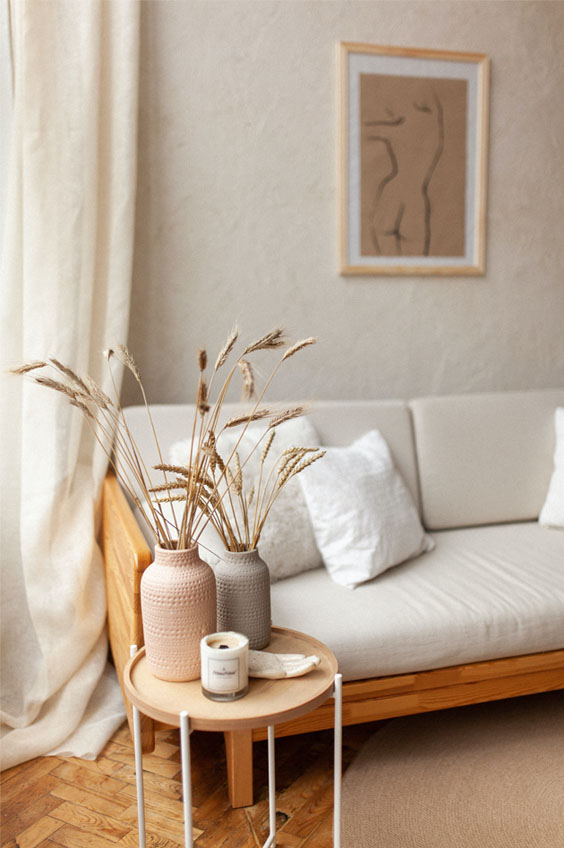Subheading: Exploring Pop Art Origins
Pop art emerged in the 1950s and 1960s as a rebellious movement against the elitism of traditional art. Artists like Andy Warhol, Roy Lichtenstein, and Claes Oldenburg challenged the status quo by incorporating popular culture and everyday objects into their work. This bold and dynamic art form quickly captured the imagination of the public, leading to its widespread popularity and enduring influence on various aspects of design, including interior decor.
Subheading: Embracing Bold Colors and Graphics
One of the defining characteristics of pop art is its use of bold colors and graphic imagery. Incorporating these elements into interior design can instantly inject energy and personality into a space. Think vibrant hues like electric blue, neon pink, and sunshine yellow, paired with bold geometric patterns and iconic imagery inspired by pop culture icons, comic books, and advertising.
Subheading: Making a Statement with Art
At the heart of pop art is the idea of making a statement – whether it’s social, political, or cultural. Incorporating pop art into interior design allows you to infuse your space with meaning and intentionality. Choose artworks that resonate with you personally or convey a message that speaks to your values and beliefs. From Warhol’s iconic soup cans to Lichtenstein’s comic book-inspired paintings, there’s a wealth of pop art pieces to choose from that can add depth and significance to your interior decor.
Subheading: Mixing High and Low Culture
One of the most revolutionary aspects of pop art is its blurring of the boundaries between high and low culture. Traditional notions of what constitutes art were challenged as everyday objects and images from mass media were elevated to the status of fine art. In interior design, this ethos can be embraced by mixing high-end furniture and accessories with more affordable, mass-produced pieces. The juxtaposition of luxury and accessibility adds layers of visual interest and complexity to a space.
Subheading: Creating a Playful Aesthetic
Pop art is inherently playful and irreverent, and this sense of fun can be infused into interior design as well. Embrace whimsical accessories like oversized sculptures, quirky lighting fixtures, and bold statement furniture pieces to inject a sense of playfulness into your space. Don’t be afraid to mix and match styles and eras – pop art thrives on eclecticism and unexpected combinations.
Subheading: Balancing Boldness with Restraint
While pop art is known for its boldness and vibrancy, it’s important to strike a balance in interior design to avoid overwhelming the senses. Incorporate pops of color and graphic prints strategically, focusing on key focal points within a room. Pair bold statement pieces with more subdued elements to create contrast and visual interest without overwhelming the space.
Subheading: Infusing Retro Charm
Pop art is closely associated with the retro aesthetic of the 1960s, making it an ideal choice for those looking to infuse their interiors with a touch of vintage charm. Incorporate retro-inspired furniture and accessories like mid-century modern sofas, Eames chairs, and shag rugs to create a nostalgic vibe that pays homage to the era of pop art’s heyday.
Subheading: Personalizing Your Space
At its core, pop art is all about self-expression and individuality. Incorporating pop art into your interior design allows you to personalize your space in a way that reflects your unique personality and tastes. Whether you’re drawn to bold colors, graphic prints, or iconic imagery, there are endless ways to infuse your home with the vibrant spirit of pop art and make it truly your own. Read more about pop art interior design




